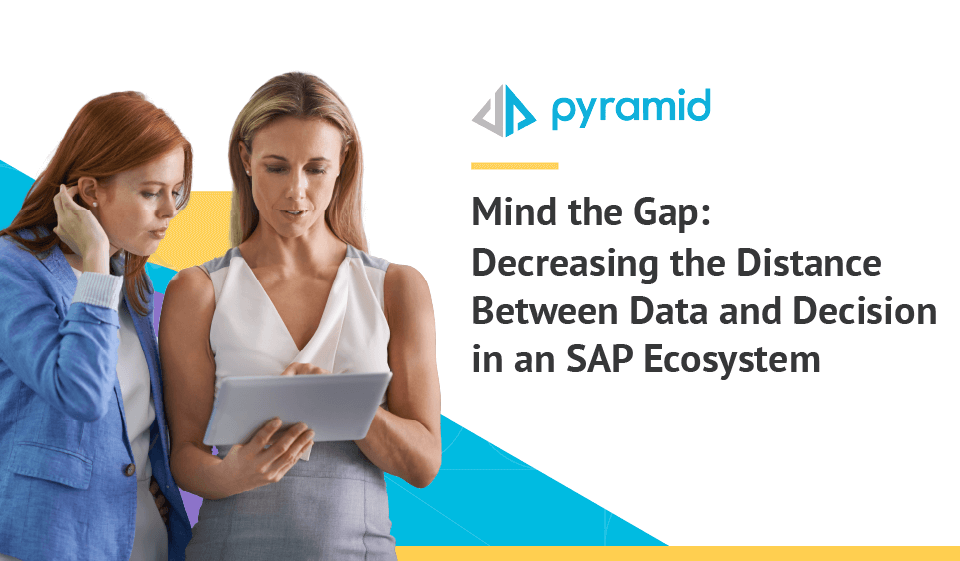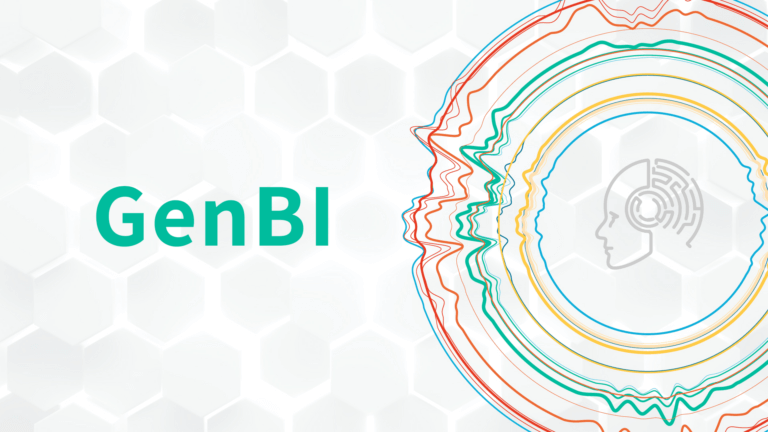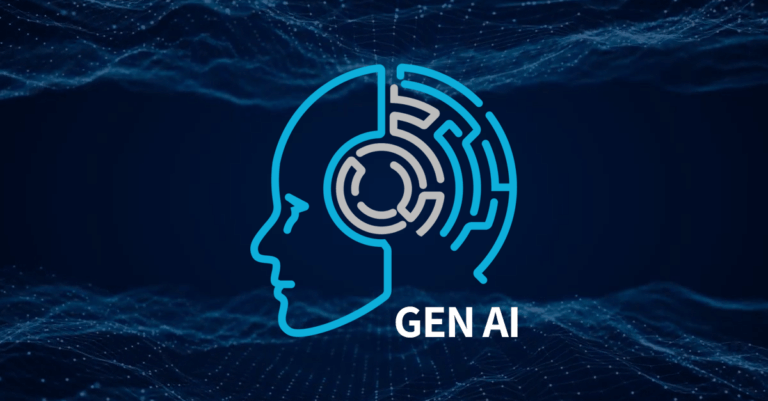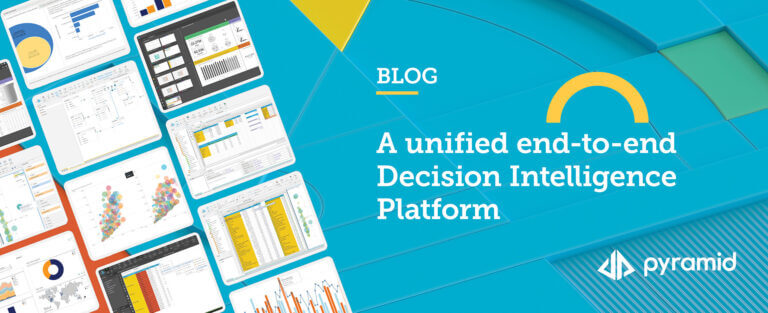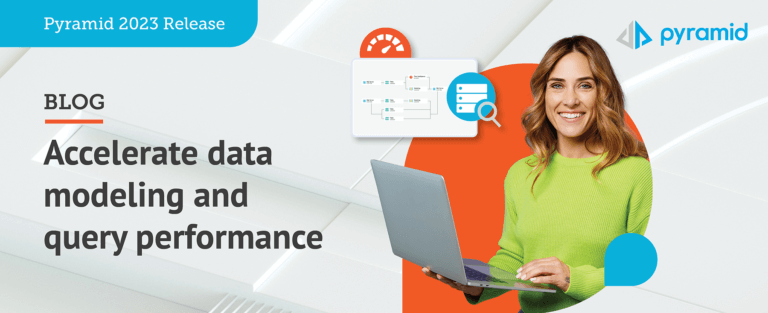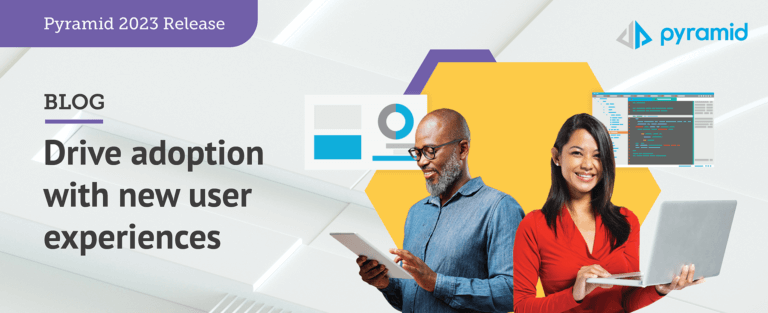The gap between data and decision is wide. And it is growing.
Imagine this scenario: your company has already spent tens of millions of dollars on its SAP technology, and the CEO needs data on an important decision, asking, “Do we have the data to help us reduce the risk of a million-dollar decision during this uncertain time?”
Your response? “It’s going to be tough. Some of the data we need to make this decision is in SAP BW, and some of the data is outside of SAP. The last thing we want to do is take the data out of our SAP system and lose our business logic, data governance, and security. And we don’t have a good analytics solution that enables us to blend data from these sources without moving it. So, yes, we could do it, but it’s complicated. It’s going to take us some time to get it pulled together and presented to help guide this decision.”
How well does that go over? To ask another way: have you ever left a meeting like this with the feeling that you’re being held back by your analytics?
In times like these—which require fast and intelligent decisions because they will have a material impact on your business—the gap between data and decision seems infinite, and your valuable SAP data seems less usable.
Rethinking Analytics on SAP
So how do you change that? Avi Perez, CTO and co-founder of Pyramid Analytics, and Chandana Gopal, research director, Future of Intelligence for IDC, discussed this challenge at the SAPinsider Conference in July of 2022. I worked with Avi and Chandana to prepare for their fireside chat: “Decision Intelligence: What’s Next in Data and Analytics for SAP BW and HANA.” This was a valuable session for anyone struggling to get insights from their SAP data who want to elevate their analytics game on SAP.
Avi’s Point of View:
“People have spent hundreds of millions of dollars managing their data in SAP. Then they invest in BI tools that require moving the data out of SAP. The biggest barriers we hear about are the speed to insight with their current tools and the pain of having to move data out of SAP into a proprietary memory database for other BI tools, like Tableau, Qlik, and Power BI—and losing the business logic, governance, and security.”
Companies are trying to patch together a path to access, accelerate, and act on the insights they get from their data, and it is mind-blowingly slow and complicated—if it works at all. Achieving a single source of truth for data access has become like searching for the Holy Grail. Chandana shared an IDC survey on data integration and integrity that illustrates the incredible complexities and expansion of data integration pipelines in modern hybrid cloud environments.
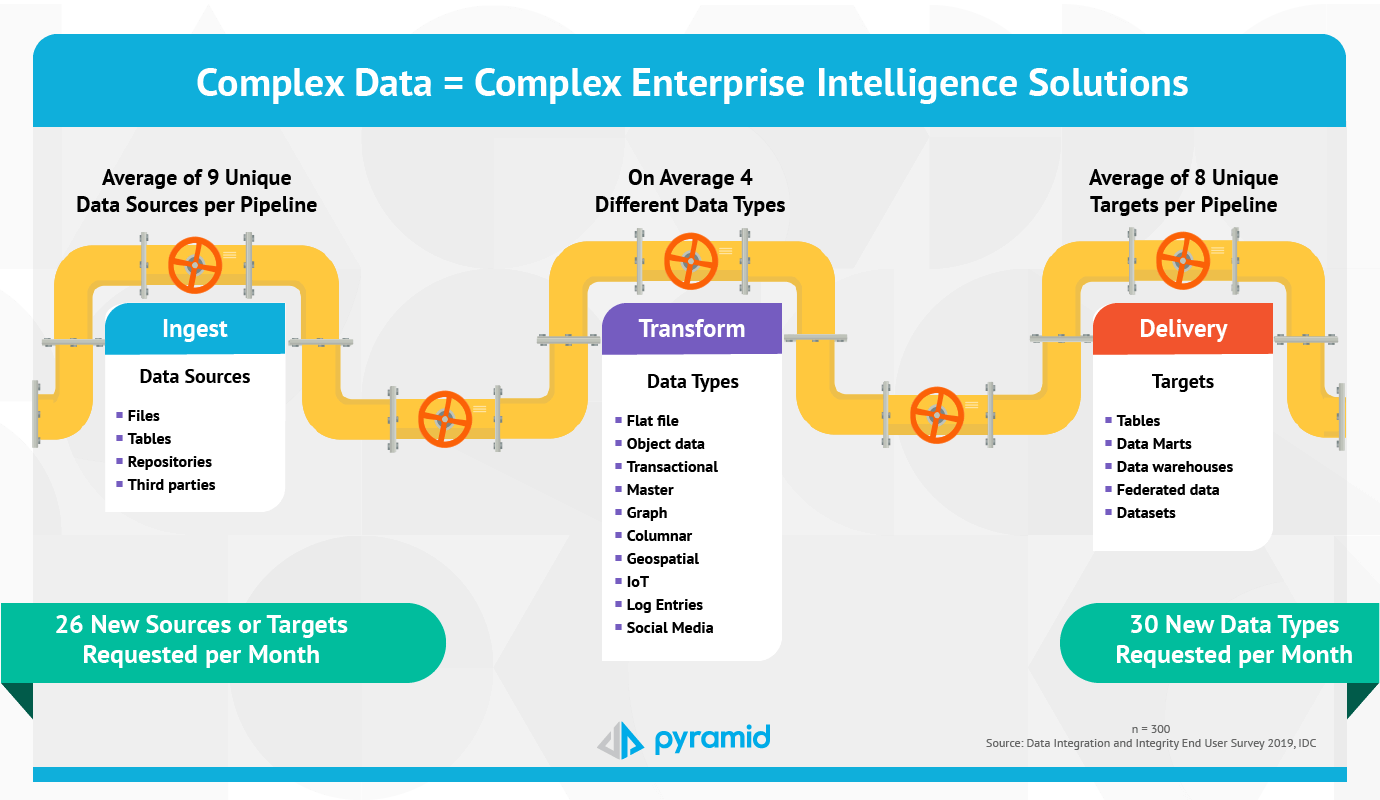
IDC finds that, on average, there are 9 unique sources of data ingested into data integration pipelines, handling 4 different data types, and being delivered to 8 different targets. In addition to the complexities of each pipeline, integration teams are being asked to integrate, on average, 26 new sources and 30 new data types every month.
It just doesn’t have to be that complicated. “We need a more strategic, organization-wide, platform approach to analytics,” Avi said. “This whole idea of a disjointed bag of BI tools that requires moving data out of SAP—and losing the business logic, governance, and security—is not cutting it anymore.”
An Exciting New Option: Decision Intelligence for SAP
Decision intelligence is the antidote to that disjointed bag of tools. It is a strategic approach to using data-led insights to make decisions. It makes analytics less complicated and more accessible through a unified, complete, and super-fast platform with flexible deployment options. In short, it de-complicates analytics for all data consumers—even in the complex world of SAP.
Decision intelligence for SAP is surprisingly simple. It can help you quickly maximize the value of your data investments in SAP BW and HANA. It closes the gap between data and decision and allows you to answer confidently and intelligently when your CEO asks critical questions.
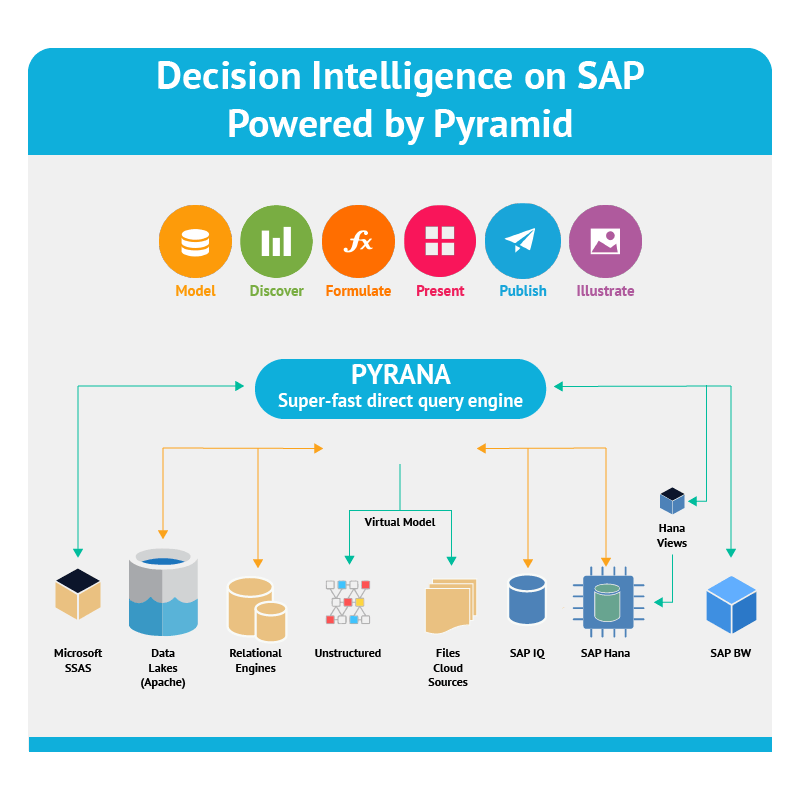
The Pyramid Decision Intelligence Platform provides a unified, complete, and super-fast platform with flexible deployment options. It speeds up insights with any data, scales adoption for any person, and simplifies analytics for any analytics need.
Analytics Adoption is Widening the Gap Between Innovators and Laggards
Chandana, too, believes technology is the key to mitigating the data-to-decision gap. “We need to leverage automation in analytics and make it accessible to more people who need data to make decisions across the enterprise,” she said. “Empowering more people in the organization to make data-driven decisions is a mission-critical initiative, and even more important during uncertain times. It’s a difference maker and will widen the chasm between the innovators and the laggards.”
Chandana’s Point of View:
“By using automation, data, and analytics, leaders can address the workforce-knowledge gap, giving non-technical people the ability to use data and insights to make better decisions, no matter their job function. By deploying automated, governed, self-service experiences to scale adoption, anyone with a curious mind can harness the value of data. By unlocking data—including SAP data—which is typically siloed in specific functions, organizations can speed the path to insights and informed decisions across the enterprise.”
Data in silos, limited access to data, low adoption of analytic tools, and a lack of a data-driven mindset are hallmarks of the laggards. Data access at scale, multi-source direct data access presented in a single view for fresh analytical perspectives, high adoption of analytics with AI guidance, governed self-service, and a data-driven mindset are hallmarks of innovators.
Simplifying Analytics in a Complex SAP Ecosystem
Let’s face it: SAP ecosystems are complex. And the more complex and friction-filled your environment, the more the divide grows between data and decision—unless you have a platform approach that streamlines, integrates, and removes the friction. We need to automate that decision-making process, so everyone from the C-suite to the front line can make faster, more intelligent decisions. Automated decision intelligence is the key to getting the most value out of your SAP investments.
Avi and Chandana shared how companies are addressing all these pain points—including how they are maximizing their investments in SAP, how they’re getting blazingly fast insights they could never get before, and how they’re blending data from SAP and non-SAP data sources for fresh analytical perspectives—which enable them to innovate faster in what is shaping up to be a more uncertain marketplace. They shared case studies from TFG and Premier Foods, among others, to illustrate how they maximized their SAP investments with decision intelligence.
The Premier Foods story, in particular, illustrates the advantages of Pyramid’s direct query approach, which allowed the large UK-based food company to connect to its SAP transaction data and significantly reduce the time spent manually compiling and processing data. Check out my blog about the Premier Foods story.

In addition to the great presentations from Avi, Chandana, and others, the Pyramid Team was out and about in Las Vegas in force. In case you missed us, you can still learn how you can get insights from your SAP data without moving it. Check out more SAP on Pyramid resources, or schedule some time with us today.



